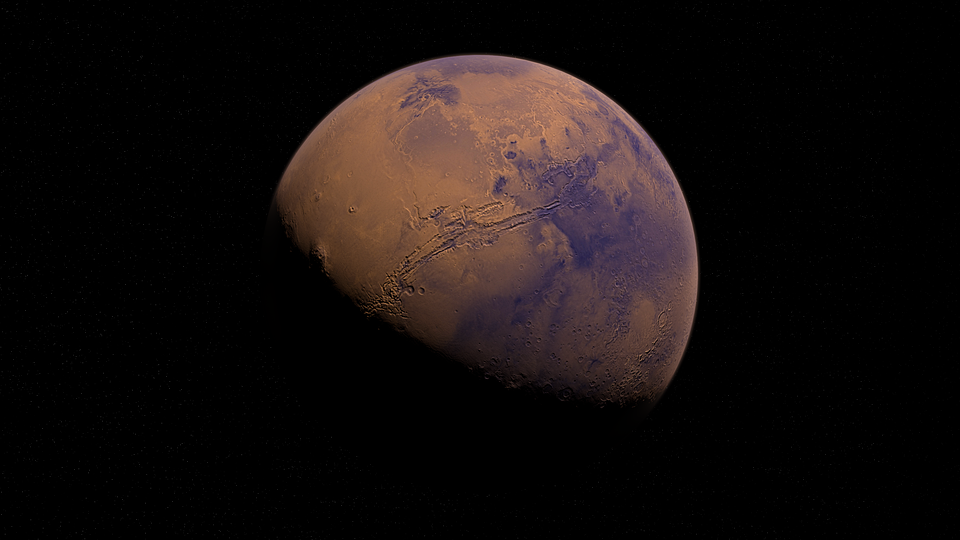Exploring the Rise of NFT Collections: A New Era of Digital Art
Introduction
In recent years, the art world has witnessed a revolutionary shift with the rise of Non-Fungible Tokens (NFTs). These unique digital assets have paved the way for a new era of digital art collections, providing artists and creators with unprecedented opportunities to monetize and showcase their work. This article takes an in-depth look at the rise of NFT collections and the impact they have on the art industry.
What are NFTs?
NFTs, or Non-Fungible Tokens, are digital assets that use blockchain technology to certify their authenticity, uniqueness, and ownership. Unlike cryptocurrencies such as Bitcoin or Ethereum, which are fungible and can be exchanged on a one-to-one basis, NFTs represent ownership of a specific item or piece of content, whether it be digital art, music, videos, or even virtual real estate.
The Birth of NFT Art
The concept of NFT art was first introduced in 2017 with the launch of CryptoPunks, a collection of 10,000 unique 24×24 pixel art characters. Each character was algorithmically generated and could be bought, sold, and owned by individuals. This groundbreaking project laid the foundation for the future of NFT art collections.
However, it wasn’t until 2021 that NFT art gained mainstream attention. In March of that year, the digital artist Beeple sold a digital artwork titled “Everydays: The First 5000 Days” for a staggering $69 million at a Christie’s auction. This marked a turning point for NFT art, as it demonstrated the immense value and potential of digital creations in the art market.
The Appeal of NFT Collections
One of the key appeals of NFT collections is their ability to provide artists with direct control over the distribution and sales of their work. By using blockchain technology, artists can attach smart contracts to their NFTs, which automatically reward them with a royalty every time the NFT is resold. This allows artists to earn ongoing income from their creations, even as their value increases over time.
NFT collections also offer a new level of transparency and authenticity. Each NFT is uniquely identified on the blockchain, ensuring its provenance and ownership cannot be disputed. This eliminates the risk of counterfeit or unauthorized reproductions, providing collectors with peace of mind when investing in digital art.
Additionally, NFT collections have opened up new avenues for artists to engage with their audience. Artists can release limited editions, collaborate with other creators, or even offer interactive elements within their digital art. This creates a more immersive and interactive experience for collectors, bridging the gap between the physical and digital art worlds.
FAQs
Q: How do I create an NFT collection?
A: To create an NFT collection, you need to mint your digital artwork or content on a blockchain platform that supports NFTs. Some popular platforms include Ethereum-based marketplaces like Opensea, Rarible, and SuperRare. You will need to connect your digital wallet, pay a small fee for minting, and follow the platform’s guidelines for creating and listing your collection.
Q: How can I buy NFT art?
A: To buy NFT art, you need to set up a digital wallet that supports the blockchain platform on which the NFT is listed. Once you have a wallet, you can browse various NFT marketplaces and bid or purchase the digital art you desire. Each NFT will have a unique identifier, and the ownership will be recorded on the blockchain.
Q: Are NFT collections sustainable?
A: The sustainability of NFT collections is a topic of debate. While NFTs offer artists new opportunities for monetization, they also consume a significant amount of energy due to the blockchain’s computational requirements. However, efforts are being made to address these environmental concerns by exploring more eco-friendly blockchain technologies.
Q: Can I sell my NFT collection?
A: Yes, you can sell your NFT collection. NFTs are designed to be easily transferable, allowing you to sell them on various marketplaces or directly to interested buyers. However, it’s important to consider any fees associated with sales and the potential impact on your royalties if you have attached a smart contract to your NFTs.
Conclusion
The rise of NFT collections has ushered in a new era of digital art, transforming the way artists create, distribute, and monetize their work. With the ability to prove ownership, attach royalties, and offer interactive experiences, NFTs have opened up a world of possibilities for artists and collectors alike. While there are still challenges to overcome, the future of NFT collections looks promising, as more artists and enthusiasts embrace this groundbreaking technology.

